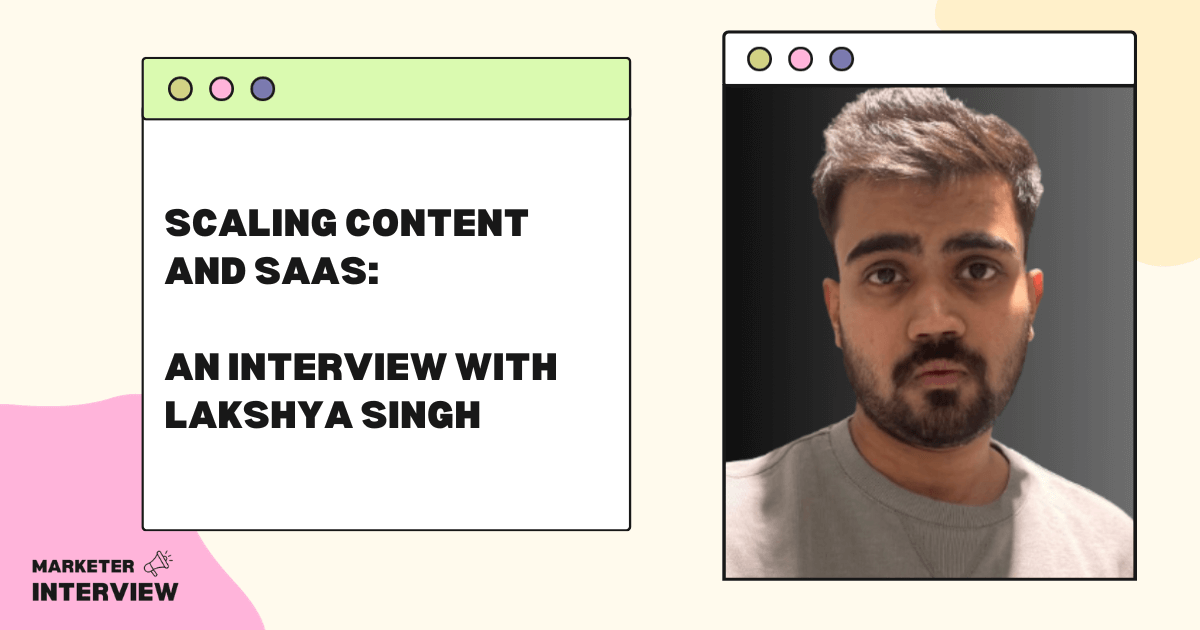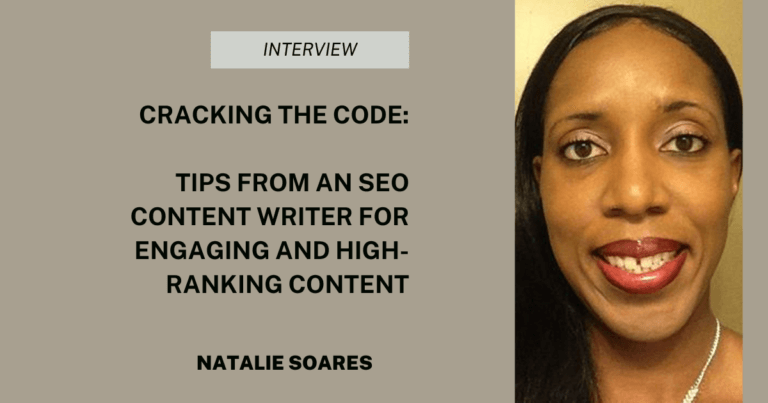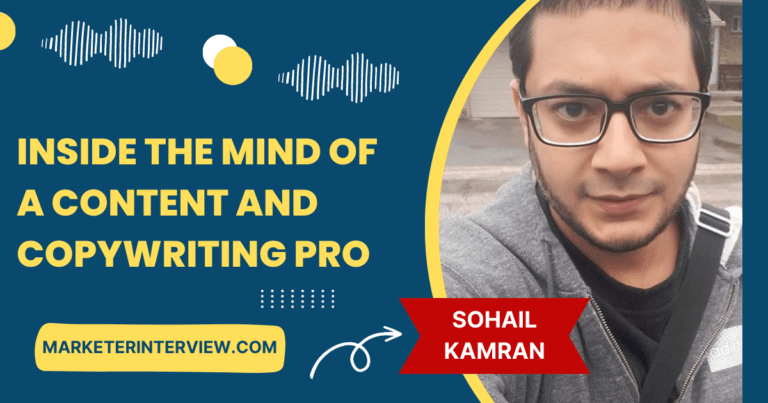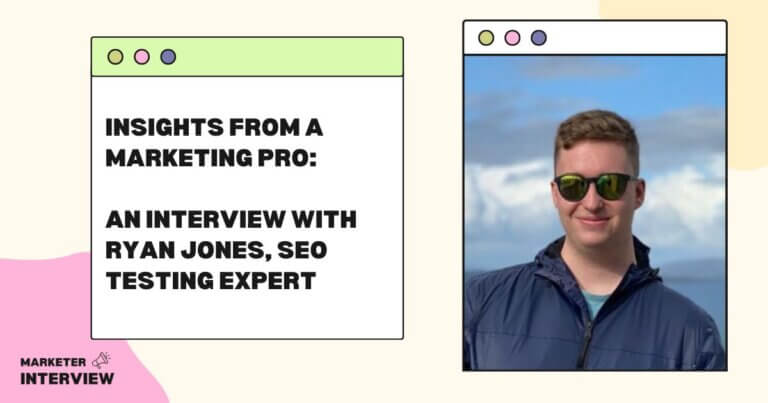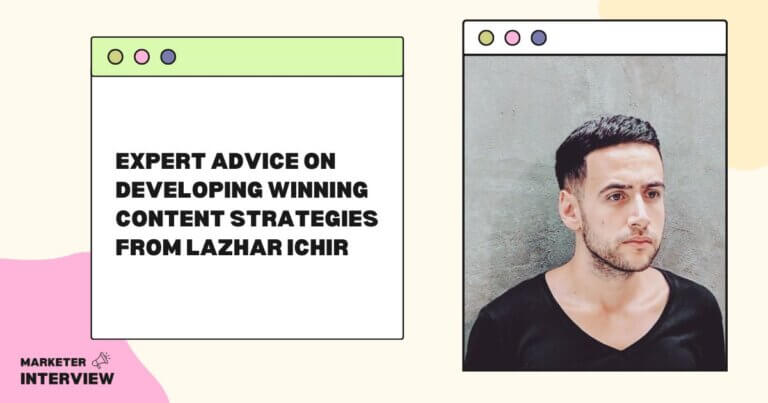Scaling Content and SaaS: An Interview with Lakshya Singh
Welcome to Marketer Interview, where we bring insights from the industry’s most brilliant minds.
In this edition, we’re thrilled to introduce you to Lakshya Singh, the Head of Growth at Appscribed. His career has been marked by outstanding accomplishments, including taking StartupTalky from 150,000 to 1 million monthly page views in just one year.
Today, we explore his marketing journey and tap into his extensive knowledge in the field.
Contents
- 1 Can you tell us about your journey into the marketing world and how you found your passion for it?
- 2 You’ve had a remarkable career at StartupTalky, scaling it to 1.5 million monthly views. What were the key strategies that led to this tremendous growth?
- 3 Transitioning from a startup to a SaaS review platform like Appscribed must have been exciting. What prompted this shift, and how does it align with your expertise?
- 4 SEO plays a pivotal role in online success. Could you share some key SEO strategies that have consistently worked for you throughout your career?
- 5 What content development techniques have you found most effective in boosting organic traffic and user engagement?
- 6 Can you tell us about a specific SEO or content optimization project that you are particularly proud of and the results it delivered?
- 7 In the dynamic field of SEO and content, staying updated with the latest trends and tools is crucial. What tools and software do you find indispensable in your work at Appscribed?
- 8 Content quality is a concern for many marketers. How do you ensure the content on your platform meets high standards and resonates with your target audience?
- 9 On-page optimization is often overlooked but vital for success. What are some on-page strategies that have worked well for you, and how do they impact overall SEO?
- 10 As the Head of Growth, you deal with strategies, data, and metrics. What key performance indicators (KPIs) do you monitor to assess the success of your marketing efforts?
- 11 In the ever-changing marketing landscape, what advice do you have for aspiring marketers looking to make their mark in the industry, especially in the SaaS and content sectors?
Can you tell us about your journey into the marketing world and how you found your passion for it?
I was first introduced to SEO in 2018 when I interned as a Content Writer for a Movie blog. This was a side project of an entrepreneur. This guy taught me SEO basics like keyword stuffing, interlinking, fundamental keyword research, image optimization, etc. And he also introduced me to Yoast, which I still consider a great tool for a newbie to learn blog writing.
I worked 12 hours a day and wrote 4000-5000 word blogs every couple of days, which would seem magical to me now. I was so naive that I used to write in an old version of MS Word, which didn’t even autosave many of my articles, and I had to write them from scratch if I couldn’t save them for some reason. However, these efforts helped to engrave the basics of SEO and writing into my head.
After completing this internship, I knew I had to do something in SEO only. Later on, I joined StartupTalky in the same position.
You’ve had a remarkable career at StartupTalky, scaling it to 1.5 million monthly views. What were the key strategies that led to this tremendous growth?
I joined StartupTalky by the end of 2018 as a Content Writer, but after 3 months, I was promoted to Growth Hacker. I started experimenting with Social Media and other strategies.
However, growing an audience of entrepreneurs on social media is way more complicated than on a blog. Hence, we started focusing on SEO only. Shubham Kumar, the founder, asked me to document everything to make onboarding easier.
Later, we made it our strategy to create a robust guideline to make every writer write a great article while maintaining a format. This way, we built authority in startup stories and startup listicles in India. I believe documenting everything, along with my team’s effort, was another big reason for achieving this success.
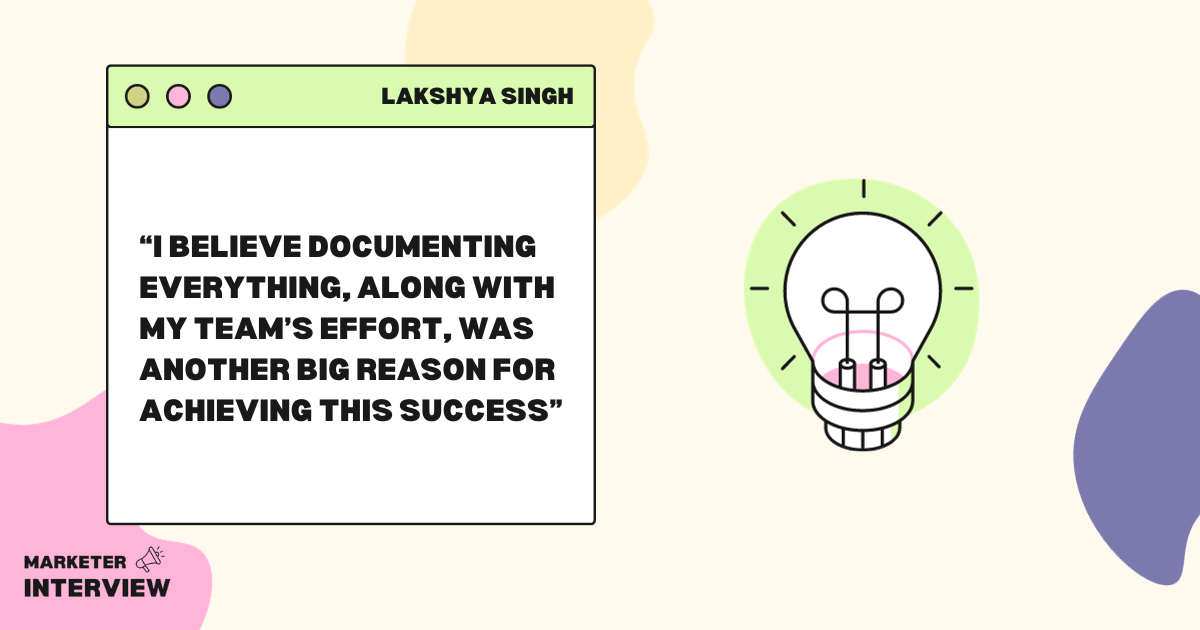
Transitioning from a startup to a SaaS review platform like Appscribed must have been exciting. What prompted this shift, and how does it align with your expertise?
At StartupTalky, we experimented with the SaaS niche. And the results were outstanding. We found that even entrepreneurs who are not techies or directly in the tech industry are very interested in finding new SaaS tools that can make their lives easier.
And when I learned about Appscribed, which was still in development, I saw a great opportunity there. Moreover, with the world moving towards automation, everyone is looking for a new SaaS daily.
Check out this Google Trends graph showing people’s interest in “Product Hunt” in the last 2 years. Product Hunt is a product launch platform, and people are much more interested in it now than they used to be.
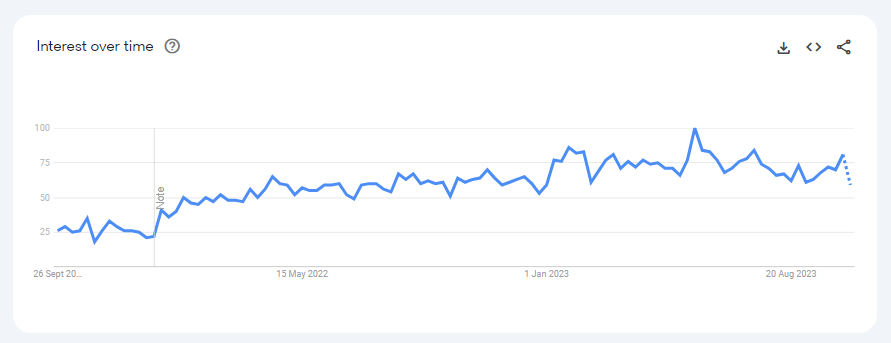
This shows the potential the SaaS industry has. Hence, I started talking to Mr. Raju, the founder of Appscribed, about the potential of Appscribed and laid out a plan for the platform’s growth.
The best strategy is to keep everything in structure and make it more readable. People do not want to read 5000 words.
However, at the same time, we found that articles with more words perform better for SERP. Hence, you need to find the silver line that makes the article readable even when the article is 5k words long.
You need to keep in mind that people will skim through your article.
To tackle this, you need to define a structure for the article. Decide the most critical information that the reader is looking for.
An article about Hosting services can be pricing, uptime, etc. For ATS software, it can be an automatic assignment check, candidate communication, etc. So, once you define the structure, stick to it. It makes it easy for Google and the readers to understand as they can get the information they are looking for instead of reading a whole paragraph.
Another essential SEO strategy that helped me scale StartupTalky to 1.5 million pageviews was updating and optimizing old content.
For this, just focus on the articles with an average ranking of 8-20. If you have over 500 blogs on your site and focus on that sweet spot for optimization, you will rank better.
At StartupTalky, we used these strategies, and as a result, an article went to more than 15k words but ended up as the top-performing article after consistent updates. And now, at Appscribed, we are working with the same strategies.
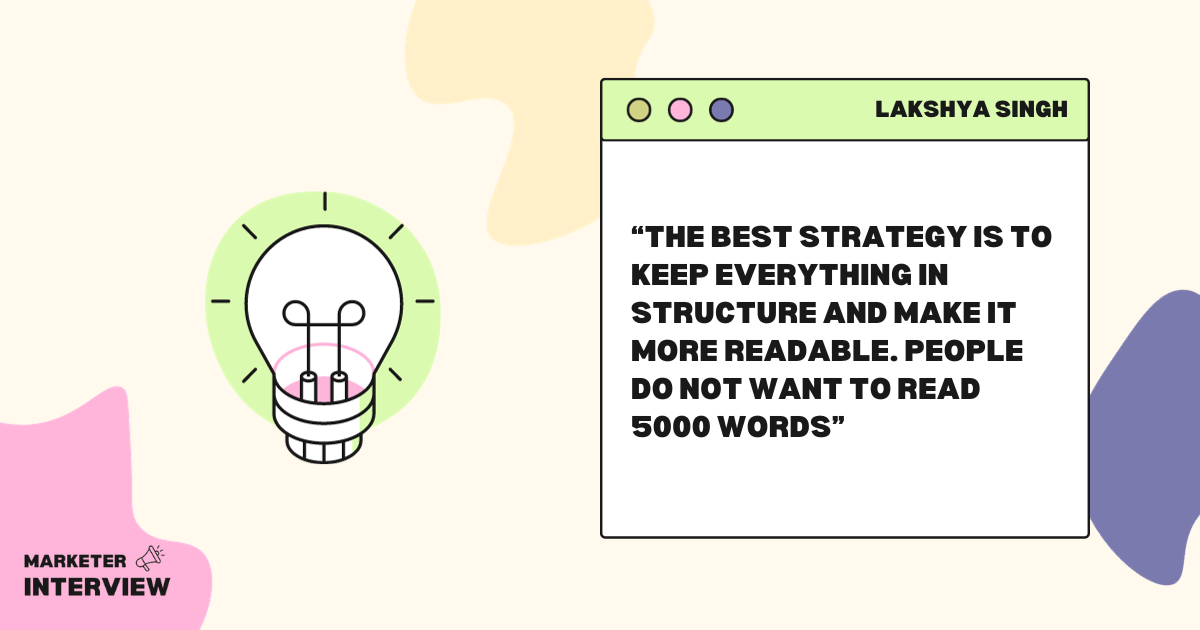
What content development techniques have you found most effective in boosting organic traffic and user engagement?
After working on StartupTalky and Appscribed, I have found that original content, like infographics, graphs, videos, etc., helps to boost the ranking. Google appreciates you making efforts in media and research.
Moreover, keyword clustering and pillar articles are vital in boosting sites. Along with that, your interlinking should be very strong. Try to include interlinks on relevant and longer keywords. This ensures that Google recognizes different long-tail keywords for your article.
At Appscribed, we are working on original report articles around the SaaS niche, which helps SaaS entrepreneurs make better decisions. We believe Google will rank original case studies and reports more than generic articles.
Can you tell us about a specific SEO or content optimization project that you are particularly proud of and the results it delivered?
I am proud of implementing guidelines company-wide, which ensured high-quality articles even when we had a team of over 50 freelance writers and 16 in-house team members.
Moreover, cracking the code for ranking any startup story article through topical authority is another one I am proud of. If you search for any Indian startup’s story, you will find StartupTalky’s article in the first 5 results.
In the dynamic field of SEO and content, staying updated with the latest trends and tools is crucial. What tools and software do you find indispensable in your work at Appscribed?
I try every tool I get to know of through any forum or my LinkedIn connections. However, some of the tools that I cannot live without are:
- Google Chat – Team communication and collaboration
- Semrush – Keyword research, competitor analysis
- Moz – Keyword research, competitor analysis
- Ahrefs – Keyword research, competitor analysis
- Bard – Automating most of my daily tasks easily
- ChatGPT – Automating most of my daily tasks creatively
- Similarweb – Competitor analysis
- Loom – Giving quick feedback to team members
Content quality is a concern for many marketers. How do you ensure the content on your platform meets high standards and resonates with your target audience?
Apart from the SkyScrapper technique, I always try to think from the reader’s perspective. And if I am not an expert on that subject, I try to go through some good forum threads and learn what experts are discussing.
This gives me the terms that these experts use and an idea about their problem. Once this is done, all you have to do is to make the content more readable by structuring the article.
On-page optimization is often overlooked but vital for success. What are some on-page strategies that have worked well for you, and how do they impact overall SEO?
Four years ago, on-page optimization mostly meant stuffing keywords, adding tags, etc. However, things are far from that now.
Although stuffing keywords still works for a very new site, it is bound to hurt even a slightly established site. And even though adding keyword tags is vital for your site’s search to function correctly, it is no longer a ranking criterion.
40% part of on-page optimization means better and more readable content today. 30% of it is a faster-loading page. And the other 30% includes interlinking, tags, keywords, etc.
So, focus on structuring the page better, using proper heading tags, and making the page faster rather than trying to satisfy Google.
As the Head of Growth, you deal with strategies, data, and metrics. What key performance indicators (KPIs) do you monitor to assess the success of your marketing efforts?
As we are very early, our main KPI remains traffic. However, here are some other KPIs that we review every week:
- Traffic from the US (%)
- CTR
- Average position
- Number of Backlinks – Do follow
- Number of Backlinks – No follow
- DA
- Keywords Ranking in 1-5
- Keywords Ranking in 8-20
- Number of Keywords
- Bounce Rate
In the ever-changing marketing landscape, what advice do you have for aspiring marketers looking to make their mark in the industry, especially in the SaaS and content sectors?
First, start with the basics. Learn to research better, write better, and practice creativity.
Later, focus on experimenting with different types of content and keep AB testing. Also, use AI to automate as many things as possible.
As a marketer, you should use AI to make processes easier, focus on better things, and find more opportunities.
